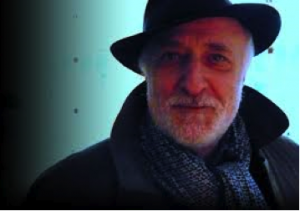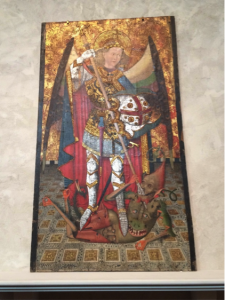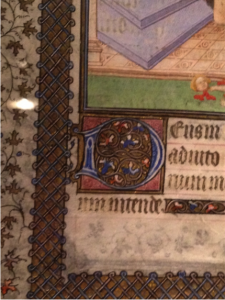Katie DeFonzo, Class of 2018
About this time last year, members of the Fordham University community were treated to a stage production of Plato’s Apology performed by Yannis Simonides. Simonides was raised in Athens but received his M.A. in Drama at Yale University, and throughout his career his interest in his heritage has been manifest through his involvement in performing ancient Greek tragedy. The performance resonated in a unique way with Honors Program freshmen, who had recently finished reading and discussing this work in their Ancient Philosophy class.

This Platonian dialogue, which is written as a speech directed to the Athenian jury at the trial of the philosopher Socrates, was made all the more engaging because Simonides took on the role of Socrates arguing for his innocence. Simonides simultaneously infused parts of the philosopher’s speech with irony while maintaining the underlying seriousness of a person trying to defend his beliefs. Lyssa Dussman felt that Socrates Now “was cool because [Simonides] showed me a different perspective of how [the Apology] would be performed out loud. I pictured Socrates as calm and contemplative because he is a man about logic and reason.” Following the performance, Simonides took questions from the audience and discussed, among a wide variety of subjects, his experiences performing in other venues and Socrates’ view of justice. That people around the world are still reading and now performing the Apology is a testament to the timeless nature of the questions that Socrates challenged the jurors not to leave “unexamined.”

This event was co-sponsored by the Fordham College Rose Hill Honors Program, the Manresa Scholars Program, and the Philosophy and Classics Departments at Fordham.




